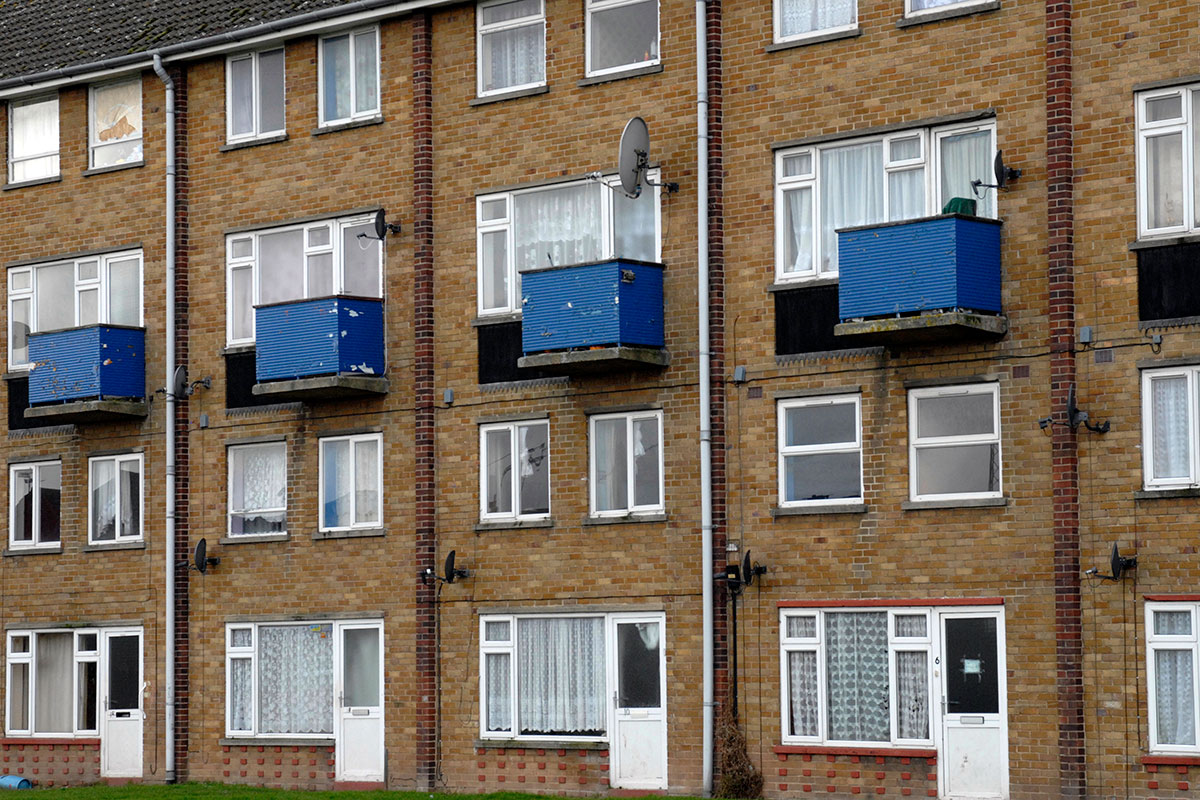You are viewing 1 of your 1 free articles
Social housing overcrowding hits highest level since 1995
Overcrowding in social rented housing has reached its highest level in at least 22 years, according to the latest English Housing Survey.
The survey, published today as a headline report by the Ministry of Housing, Communities and Local Government, found that the social rented sector had both the highest rate of overcrowding and the lowest rate of under-occupying of any tenure.
In 2017/18, 8% of social rented households had fewer bedrooms available than the number they needed according to the government – compared with 6% in the private rented sector and 1% of owner-occupier households.
That is up one percentage point for social housing from the previous year and is the highest level since the English Housing Survey began recording overcrowding in 1995/96.
At the same time, under-occupancy – defined as households having two or more spare bedrooms – increased in the social rented sector to 10%, up from 8% in 2016/17.
However, rates of under-occupancy were still lower than in private rented housing (15%) and owner-occupied homes (54%).
In 2013, the government removed the spare room subsidy for social rented households – a policy sometimes called the bedroom tax – which cut housing benefit for households considered to be under-occupying in a bid to reduce overcrowding.
The survey also found that the proportion of social renters who expect to become homeowners fell from 30% to 25% last year.
In comparison, expectations to buy remained stable at 58% in the private rented sector.
Tenure breakdowns stayed the same, with 64% of households owner-occupied, 19% private rented and 17% social rented.
The proportion of 35 to 44 year olds who own their home increased to 57%, after more than 10 years of decline.
Among social renters, 41% were working, with 27% in full-time work and 14% in part-time work, while 28% were retired and 25% were “inactive” – including those with a long-term illness or disability.
The proportion of working social renters claiming housing benefit has increased from 19% to 29% since 2008/09.
“Today’s figures show the proportion of 35 to 44 year olds renting their home privately has doubled over the past ten years. This is a really concerning trend for people who are at an age when they often want to start a family and are looking for stability,” said Kate Henderson, chief executive of the National Housing Federation.
“With a comprehensive spending review looming, the government must use this is an opportunity to invest in the building of more affordable housing if we are ever to reverse these trends.”











